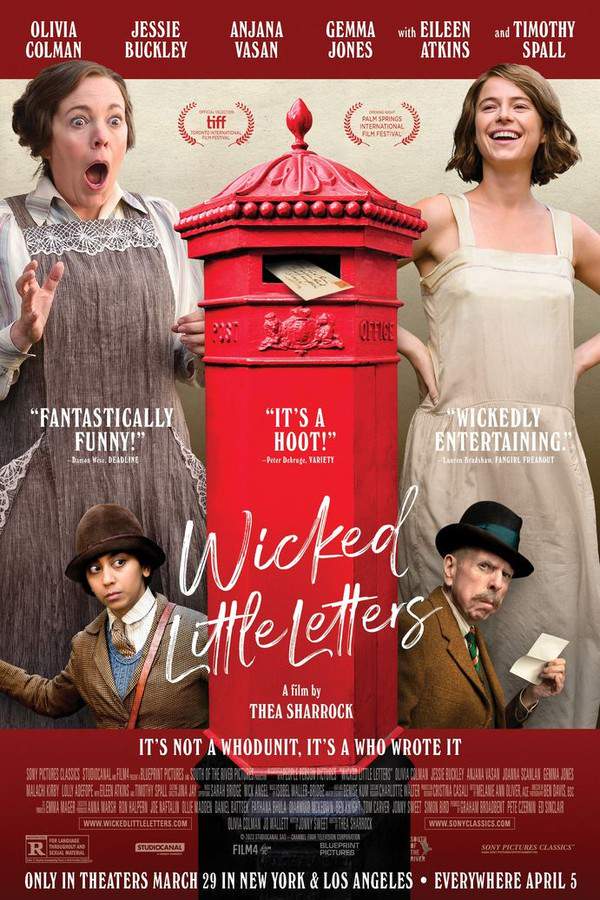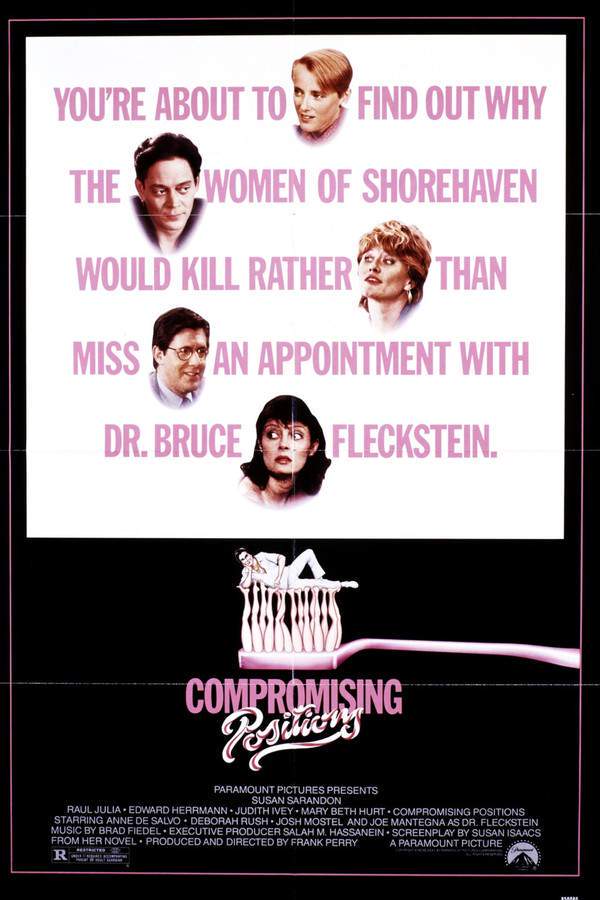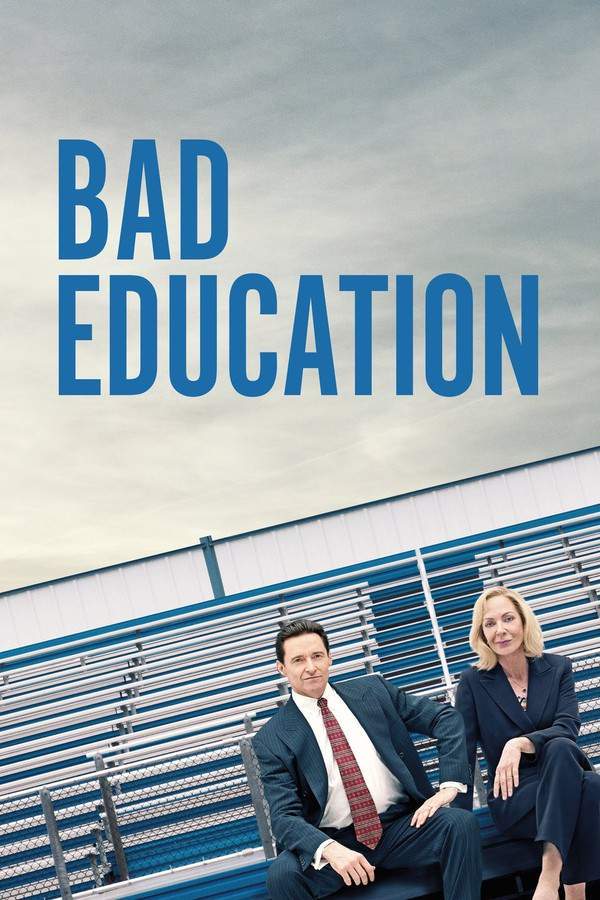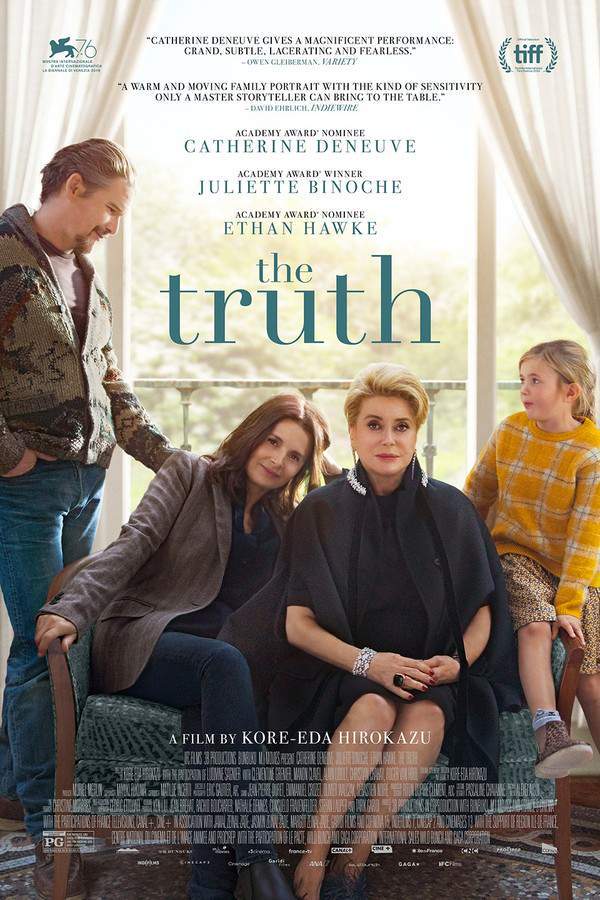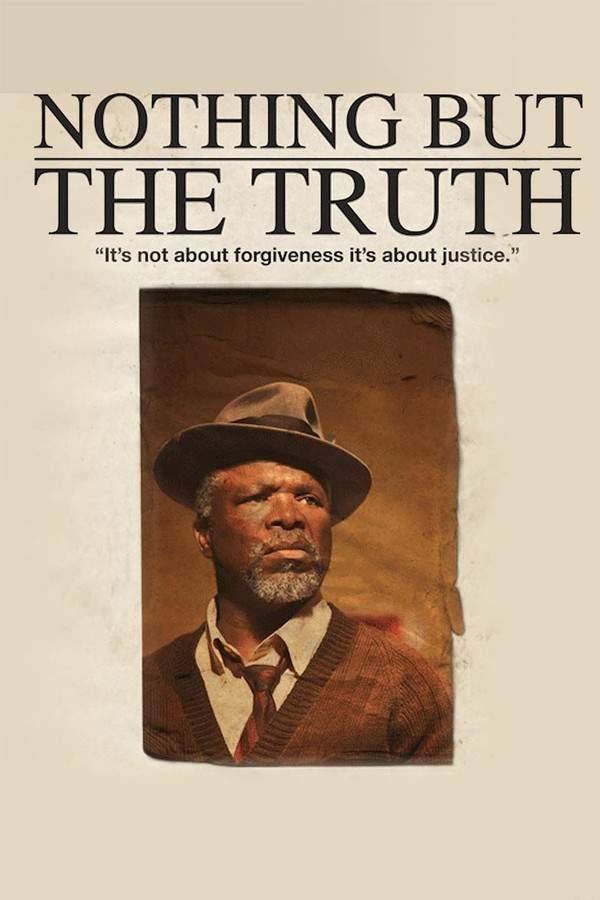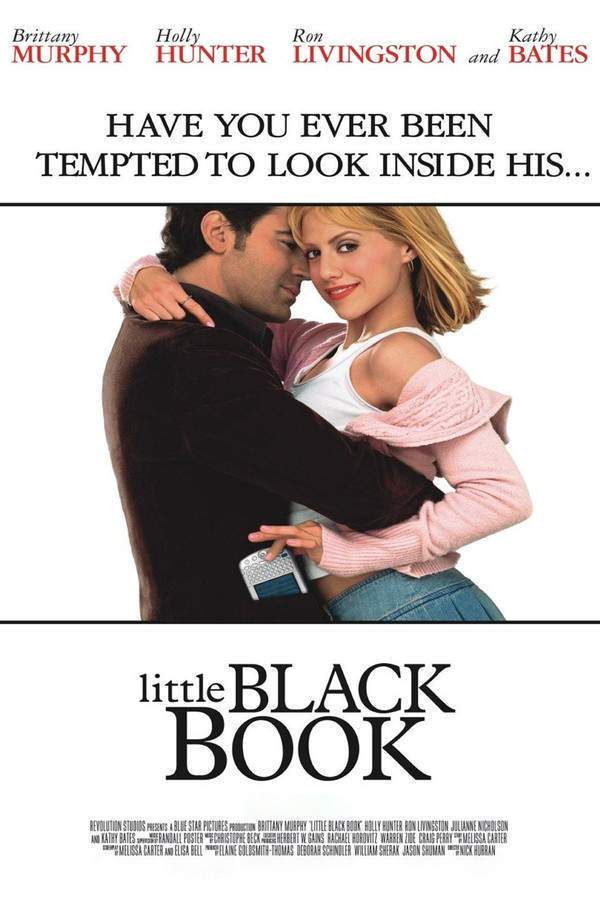
Return to Peyton Place
Year: 1961
Runtime: 123 mins
Language: English
Director: José Ferrer
After the success of the original story, the quiet community of Peyton Place erupts when they discover that Allison MacKenzie's debut novel uses them as its subjects, exposing scandals and private lives. The sequel follows the resulting outrage and the townspeople’s struggle to cope with the reveal, continuing the drama of the 1957 classic.
Return to Peyton Place (1961) – Spoiler-Free Summary Coming Soon
We’re working on a full spoiler-free summary and ending explanation for Return to Peyton Place (1961). Check back soon—or request it now to help us prioritize it.
Explore Movie Threads
Discover curated groups of movies connected by mood, themes, and story style. Browse collections built around emotion, atmosphere, and narrative focus to easily find films that match what you feel like watching right now.
Small Town Secrets Dramas like Return to Peyton Place
The polished surface of a tight-knit community cracks under the weight of its hidden truths.Discover movies like Return to Peyton Place that delve into the scandalous side of small-town life. If you enjoyed the tension of exposed secrets and community judgment, you'll find similar stories of hypocrisy, gossip, and the dramatic fallout of truth-telling.
Narrative Summary
Stories in this thread typically center on a disruptive event—like the publication of a book, a crime, or an outsider's arrival—that shatters the community's facade. The plot follows the ripple effects of this revelation, pitting individual truth against collective reputation, and often features characters who are ostracized or vindicated.
Why These Movies?
These films are grouped by their shared focus on social hypocrisy, the claustrophobic pressure of community judgment, and the dramatic tension that arises when private lives become public scandal. They create an anxious, gossipy atmosphere.
Movies about the Cost of Truth-Telling like Return to Peyton Place
Stories about creators who face backlash for turning real life into unsettling art.Explore films similar to Return to Peyton Place that focus on the consequences of artistic honesty. If you liked Allison's journey of writing a revealing novel, these stories feature protagonists grappling with the fallout of exposing painful truths through their art.
Narrative Summary
The narrative pattern follows a creator who finishes a work based on real events, leading to a crisis as the subjects of the work react. The journey involves navigating outrage, betrayal, and moral questions about the right to tell a story, often culminating in a bittersweet resolution where the art stands but relationships are fractured.
Why These Movies?
These movies share a focus on the protagonist's internal and external conflict between artistic expression and personal loyalty. They blend themes of integrity, betrayal, and trauma with a tense, dramatic tone and a steady pacing that allows for emotional exploration.
Unlock the Full Story of Return to Peyton Place
Don't stop at just watching — explore Return to Peyton Place in full detail. From the complete plot summary and scene-by-scene timeline to character breakdowns, thematic analysis, and a deep dive into the ending — every page helps you truly understand what Return to Peyton Place is all about. Plus, discover what's next after the movie.
Return to Peyton Place Summary
Read a complete plot summary of Return to Peyton Place, including all key story points, character arcs, and turning points. This in-depth recap is ideal for understanding the narrative structure or reviewing what happened in the movie.

Return to Peyton Place Timeline
Track the full timeline of Return to Peyton Place with every major event arranged chronologically. Perfect for decoding non-linear storytelling, flashbacks, or parallel narratives with a clear scene-by-scene breakdown.

Characters, Settings & Themes in Return to Peyton Place
Discover the characters, locations, and core themes that shape Return to Peyton Place. Get insights into symbolic elements, setting significance, and deeper narrative meaning — ideal for thematic analysis and movie breakdowns.

More About Return to Peyton Place
Visit What's After the Movie to explore more about Return to Peyton Place: box office results, cast and crew info, production details, post-credit scenes, and external links — all in one place for movie fans and researchers.





